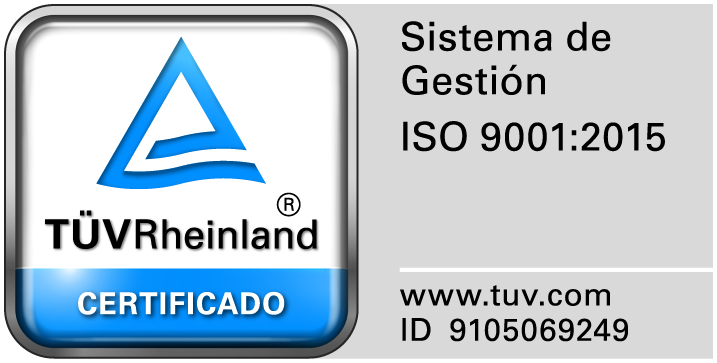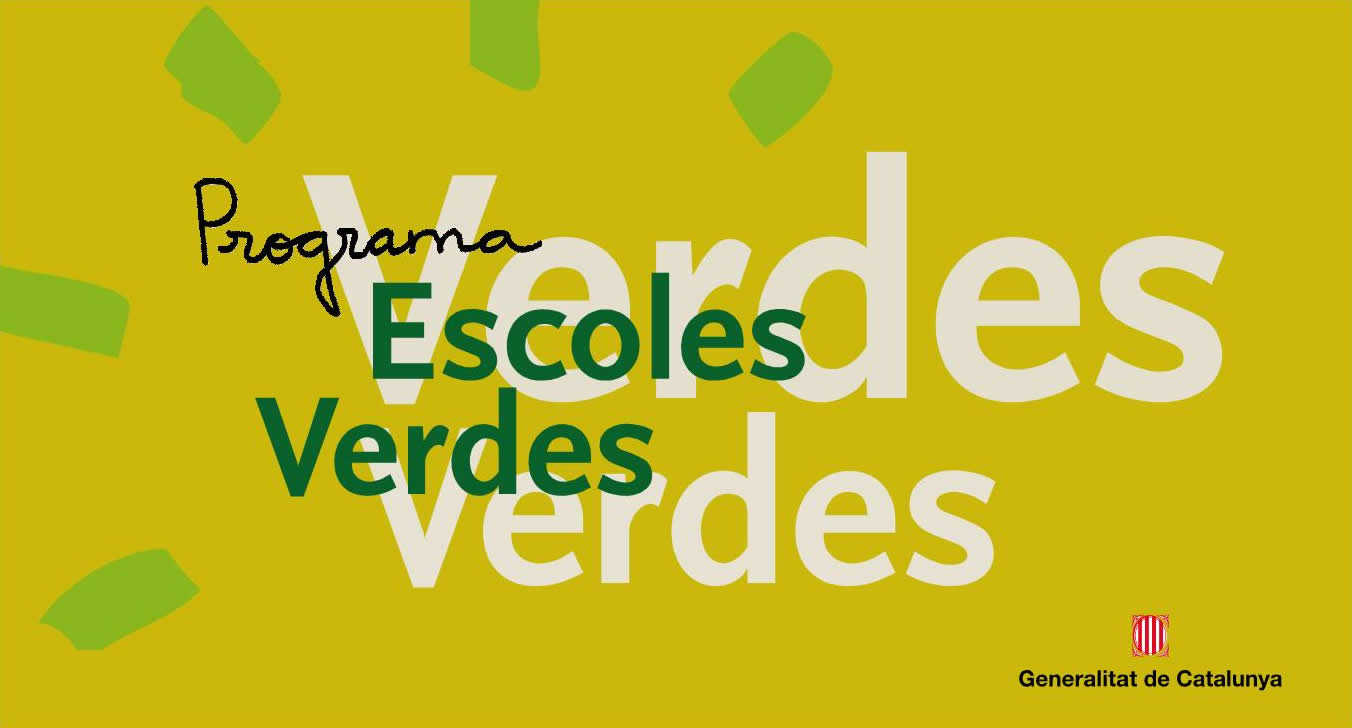The role of the adult
With their personal and technical training, their aim is to achieve the child’s maximum potential through the preparation of an environment most suitable for their needs according to their educational stage (between 0 and 18 years) and based on following objectives:
-
To create the best possible connection between the child, the environment, the learning and the adults.
-
To guide families through all stages (in order to make the most of the educational opportunities).
The role of the adult in Infant Education
Guiding the child with great respect for their potential (being a model for the child), designing and preparing the prepared environment and creating a link between the child and the environment, eliminating the obstacles to autonomous working. The Montessori guide or director presents the child with the developmental materials with which they can work, allowing them to do so while respecting their freedom. The children are guided in the development of the four languages through direct communication with native adults who, every day, spend time together with the students in the classroom.
The role of the adult in Primary Education
Designing and preparing the prepared environment, being an example, guiding the student towards the acquisition of languages and spending time with them. Other roles of the Primary teacher are to provide experiences and opportunities for exploring the different fields of knowledge according to the child's interests and to promote teamwork for social and moral development. In addition, in each class, other specialist teachers collaborate with the tutor in order to facilitate individualised attention.
The role of the adult in Secondary Education
Giving the students the greatest opportunity, offering them a range of experiences, knowledge, scientific research lines and voluntary activities. The adult encourages the student’s critical analysis and accompanies them by observing the emotional, personal, and changes that occur in terms of their interests and concerns in order to adapt to their needs.
For this reason, from 12 to 15 years, in most classes there are two teachers in the classroom, which reduces the general ratio to just a few students per teacher for most sessions.



















